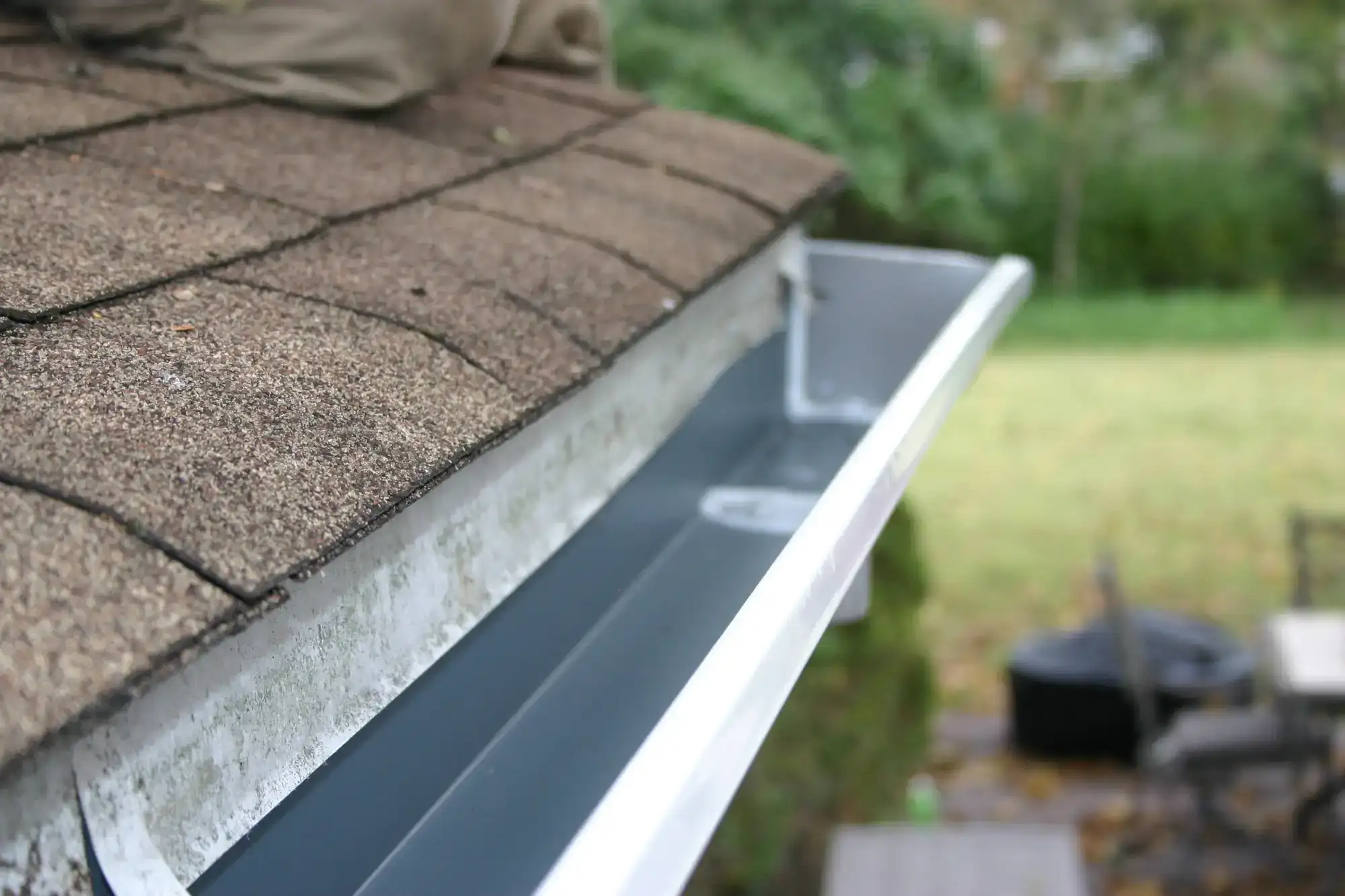
Hear from Our Customers
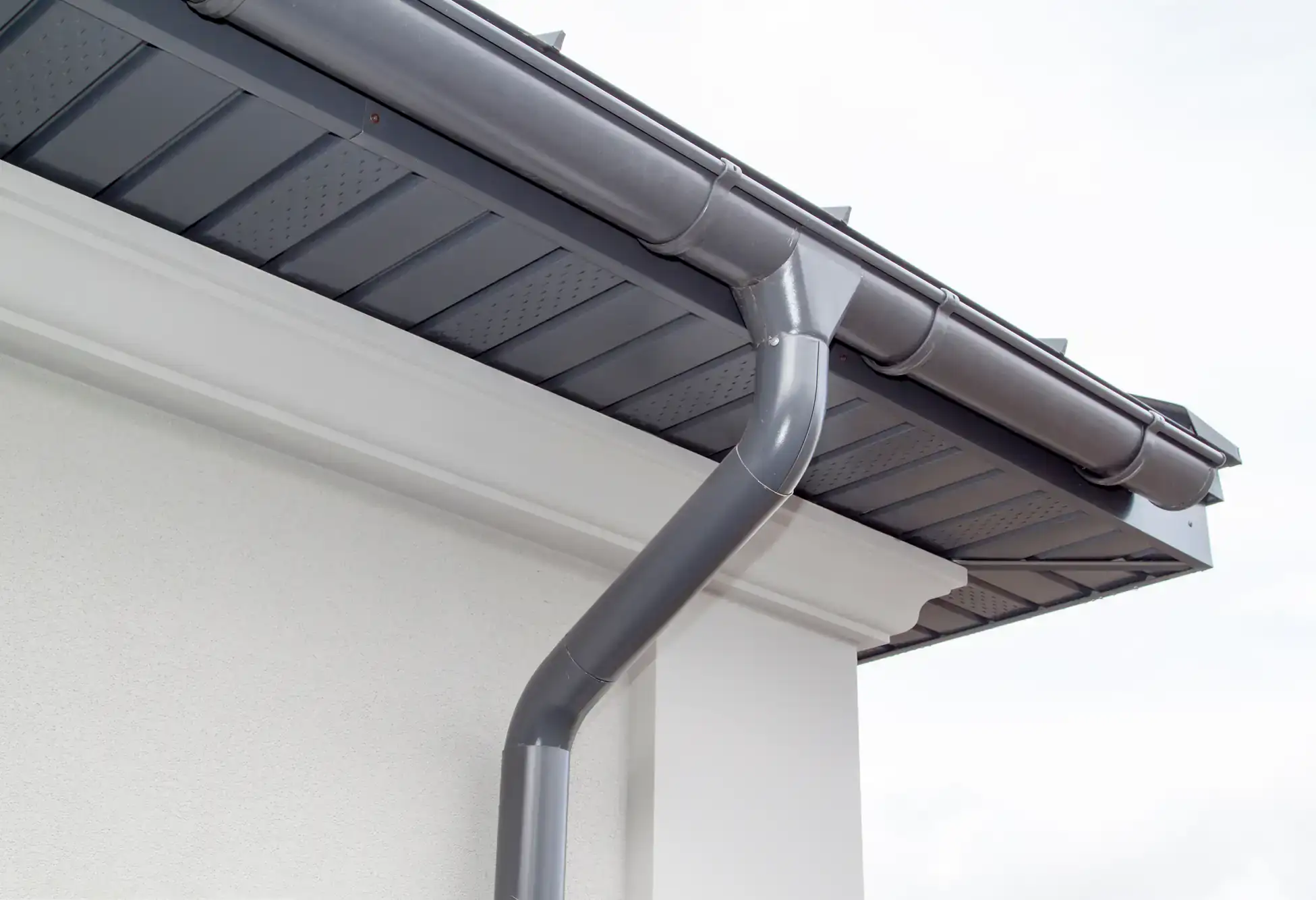
Here’s what happens when your gutters actually work the way they’re supposed to. Water flows where it should instead of pooling around your foundation or cascading over the sides during heavy storms.
You stop worrying every time it rains. Your basement stays dry, even during those Long Island downpours that seem to come out of nowhere. The water stains on your siding disappear because everything’s flowing properly.
Most importantly, you avoid those $10,000+ foundation repair bills that hit Wantagh homeowners when gutters fail. In our sandy soil conditions, clogged or damaged gutters don’t just cause minor problems—they create expensive disasters.
We’ve been protecting homes in Wantagh and throughout Nassau County for over two decades. We’re fully licensed, bonded, and insured because that matters when someone’s working on your most valuable investment.
We know exactly what Long Island weather does to gutters. The salt air from the coast, the heavy snow loads, the autumn leaf drops that clog everything up—we’ve weathered it all alongside your neighbors. That’s why we don’t install generic systems and cross our fingers.
Every gutter system we install is built specifically for the conditions your home faces right here in Wantagh. When the next storm hits, you want gutters that were designed for exactly that moment.
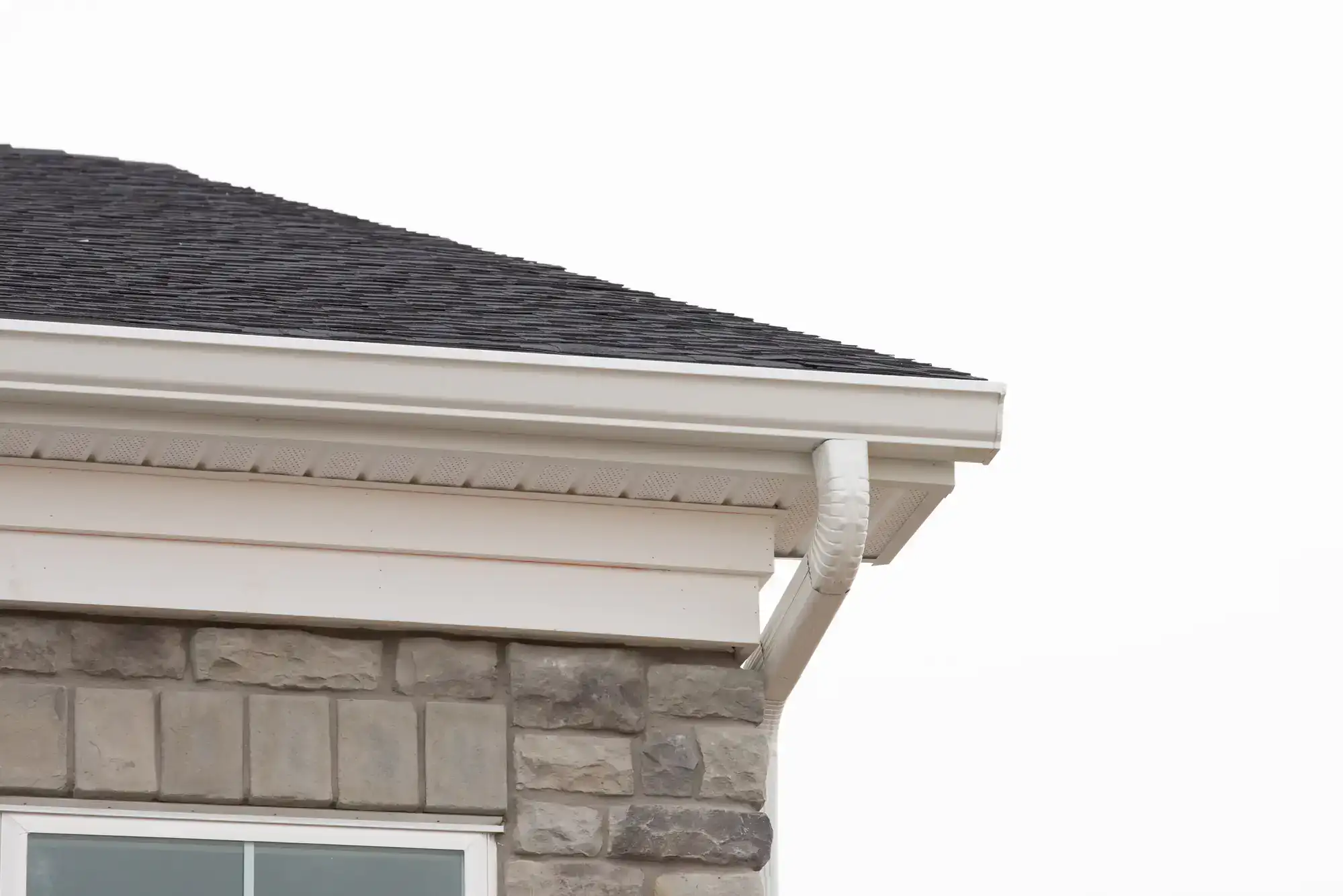
We start with a complete assessment of your current situation. What’s working, what isn’t, and what your home actually needs based on its size, roof pitch, and the specific drainage challenges of your Wantagh location.
Then we measure everything precisely. A typical 2,000-square-foot home needs about 160 linear feet of guttering, but every house is different. We account for roof valleys, architectural features, and drainage patterns that affect how water moves around your property.
Installation typically takes one day. We remove your old system completely, install new seamless gutters with proper pitch and secure mounting, then test everything to ensure water flows exactly where it should. You get a custom-fitted system built to handle whatever Long Island weather throws at it.
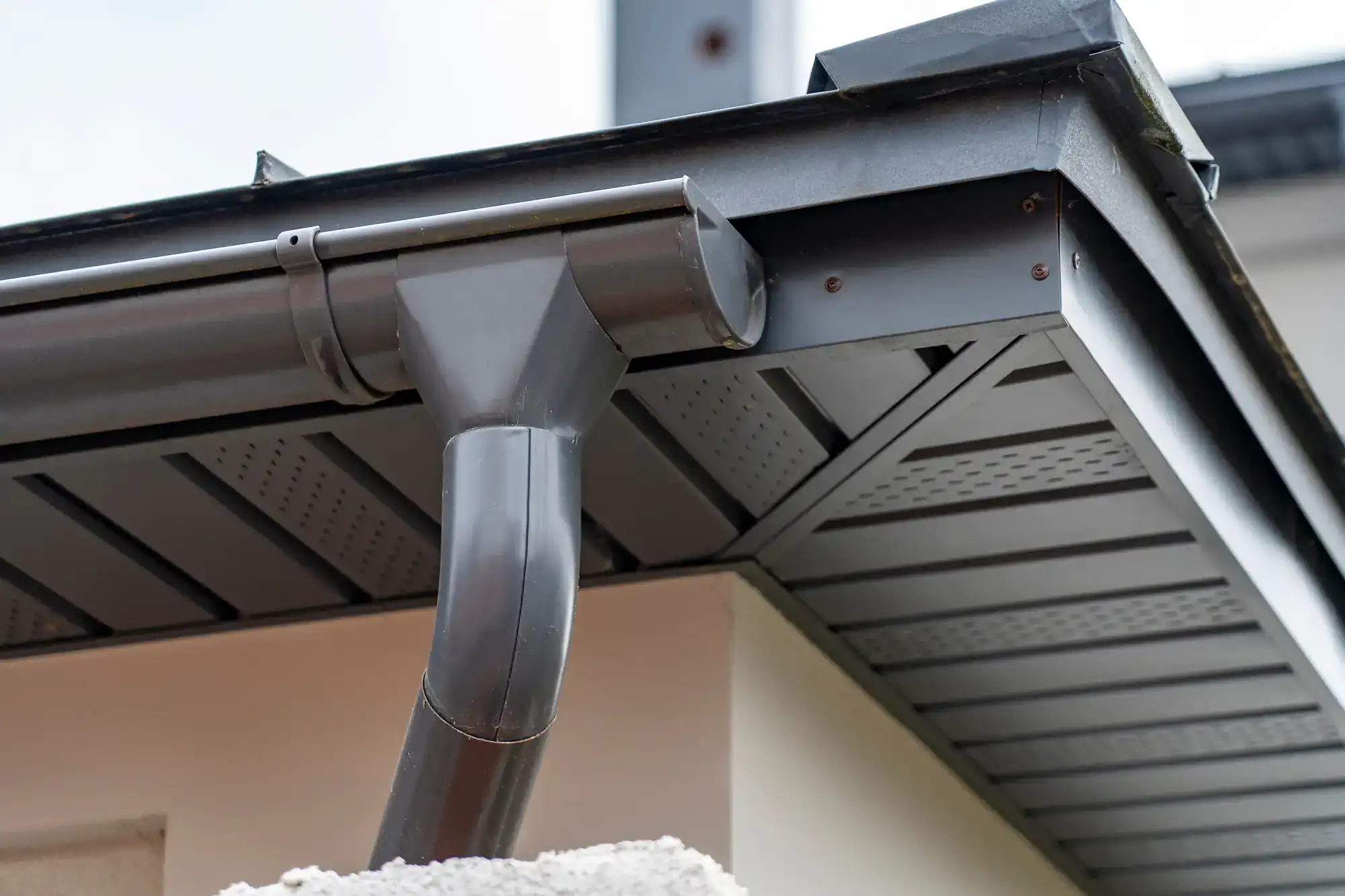
Ready to get started?
We install aluminum gutters because they’re the smart choice for Long Island homes. They resist rust and corrosion from salt air, handle the weight of snow loads without sagging, and won’t warp or crack when temperatures swing from summer heat to winter freezing.
You can choose between 5-inch standard residential gutters or 6-inch high-capacity systems. In Wantagh, where storm-driven rainfall can overwhelm smaller systems, many homeowners choose the 6-inch option for superior water management. Both sizes come in K-style design that complements local architectural styles while maximizing water flow.
For homeowners who want something distinctive, we also install copper gutters. They develop a beautiful natural patina over time and can last 50+ years with minimal maintenance. Whether you choose aluminum or copper, you’re getting materials specifically selected to handle the salt air, storms, and seasonal challenges your Wantagh home faces year-round.
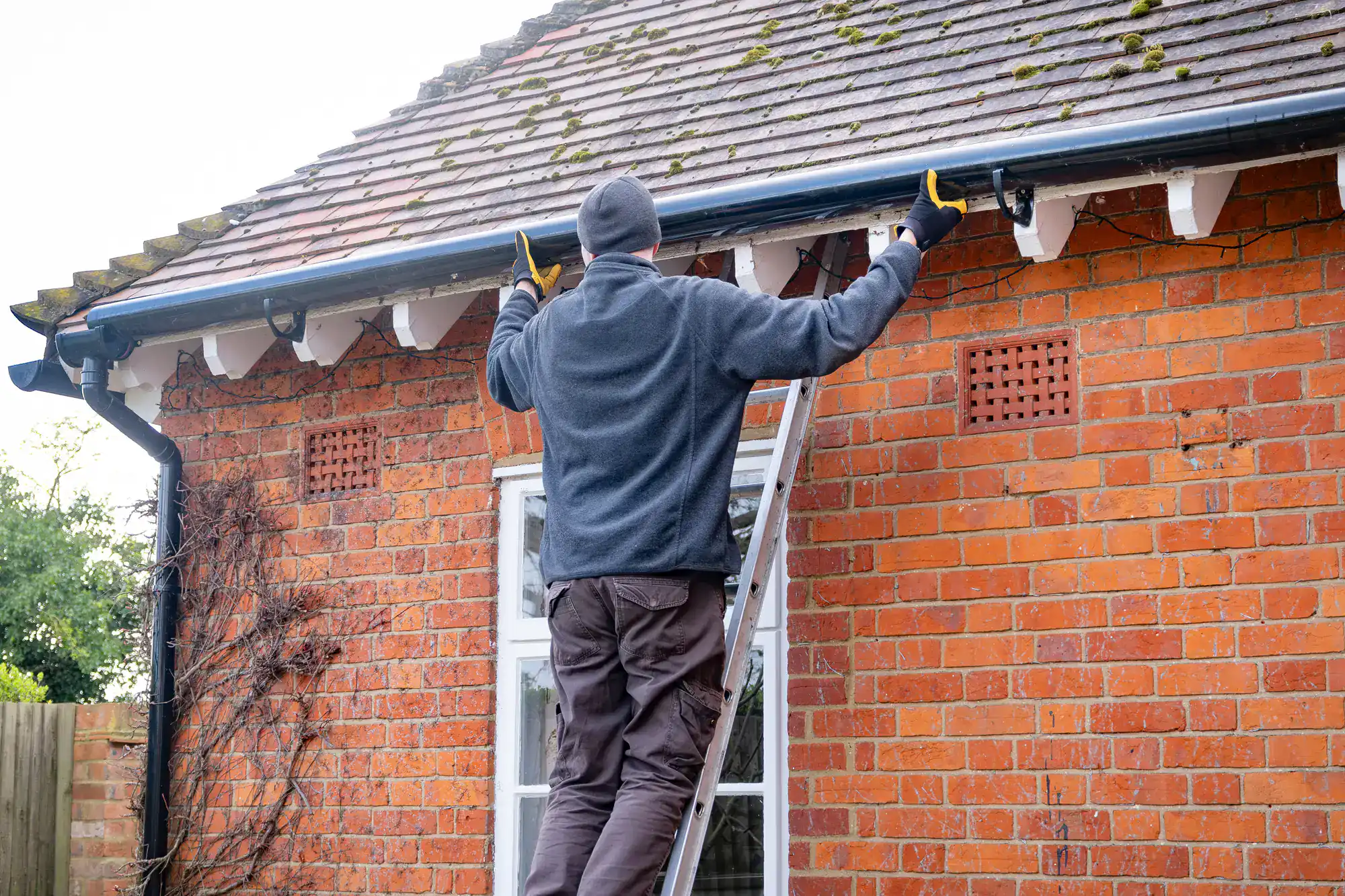
Most Wantagh homeowners need gutter cleaning 2-3 times per year, but your specific situation determines the exact frequency. If you have oak and maple trees around your property—which are common in our area—you’ll likely need cleaning more often due to heavy leaf drop and debris accumulation.
Spring cleaning removes winter debris and ice damage while preparing your system for heavy spring rains. Fall cleaning is absolutely crucial because Long Island’s autumn leaf drop can completely clog gutters before winter storms arrive. Some homeowners also schedule mid-summer cleaning if they notice overflow during thunderstorms.
The key indicator is watching how your gutters perform during rain. If you see water cascading over the sides, pooling around your foundation, or notice plant growth in the gutters, cleaning is overdue and you’re risking water damage to your home.
Most homes in Wantagh perform best with either 5-inch or 6-inch K-style gutters, and the right choice depends on your roof area and local storm conditions. The 6-inch option handles heavy rainfall significantly better, which matters during nor’easters and summer thunderstorms that can dump large volumes of water quickly.
For a typical 2,000-square-foot home, you’re looking at approximately 160 linear feet of guttering total. Homes with complex rooflines, large roof areas, or multiple stories that funnel water to specific drainage points often benefit from 6-inch gutters for superior capacity and performance.
We evaluate your specific situation during our assessment. Factors like roof pitch, the number of stories, tree coverage, and your property’s drainage patterns all influence what size works best for keeping water flowing properly away from your foundation and preventing costly water damage.
Yes, aluminum gutters are specifically chosen for Long Island homes because they resist corrosion from salt air far better than other materials. Their rust-resistant properties make them ideal for coastal conditions, whether you’re closer to the North Shore or South Shore areas of Nassau County.
We regularly see steel gutters fail within just a few years here because salt air accelerates rust formation and structural failure. Aluminum maintains its integrity and continues protecting your home for decades. The finish also holds up exceptionally well against the combination of salt spray, UV exposure, and temperature fluctuations common in coastal environments.
That’s exactly why aluminum is our go-to recommendation for most Wantagh installations. You get long-term durability that matches your local environment without the ongoing maintenance headaches and early replacement costs that come with materials not designed for coastal conditions.
Gutter installation in the Wantagh area typically ranges from $408 to $3,535 for most homes, averaging about $3.93 per linear foot, but your final cost depends on several key factors. Material choice significantly impacts pricing—aluminum systems cost less than copper, and 6-inch gutters cost more than 5-inch systems.
Your home’s architectural complexity affects pricing considerably. Single-story homes with straightforward rooflines cost less than multi-story homes with complex roof valleys, dormers, or unique architectural features. If we need to replace damaged fascia boards or perform additional prep work, that’s factored into the total cost.
We provide detailed written estimates that break down exactly what you’re paying for—no surprises or hidden fees. We also guarantee to beat any written quote from a licensed, insured competitor, so you know you’re getting fair pricing for quality materials and professional installation.
Storm damage to gutters is unfortunately common on Long Island, especially during nor’easters, heavy snow loads, or when high winds drive debris into your system. We offer 24/7/365 emergency service because storm damage doesn’t wait for convenient business hours.
The most frequent issues we see after storms include sagging sections from ice or snow weight, damaged downspouts from falling branches, and separation where gutters pull away from the fascia board. Sometimes entire sections get torn off during severe wind events or ice storms.
We can usually provide temporary emergency repairs to prevent further water damage to your home, then schedule permanent repairs once weather conditions improve. If you experience storm damage, don’t wait—water that can’t drain properly will find alternative paths into your home, and that’s when minor problems become expensive disasters.
Gutter guards make excellent sense for most Wantagh homeowners, especially if you have oak, maple, or pine trees around your property. Long Island’s unique mix of seasonal debris—spring oak pollen, summer storm debris, heavy autumn leaf fall, and winter pine needles—creates year-round maintenance challenges that guards help solve.
Quality gutter guards reduce cleaning frequency from 2-3 times per year down to perhaps once annually. They also help prevent ice dam formation by keeping debris from creating blockages where water backs up and freezes during winter months.
The investment typically pays for itself through reduced maintenance costs and gives you peace of mind during storms. You’re not wondering whether debris is preventing proper drainage when you desperately need your gutters to work. We evaluate your specific property conditions and recommend whether guards make financial sense for your particular situation.